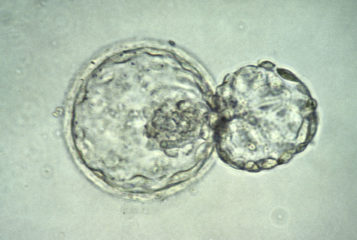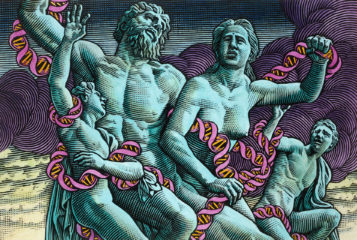The computer of Korean embryonic stem cell (ES cell) research scientist Woo Suk Hwang has been seized by the university he used to work for as part of an investigation into the veracity of his work, after allegations were made about falsified data in his pioneering research. The celebrated paper, published by Science earlier this year, described the derivation of 11 cloned human ES cell-lines from patients with diabetes, spinal injury or a blood disorder.
This weekend, a nine-member committee at Seoul National University (SNU) began the investigation, starting with taking equipment and data and interviewing members of Hwang's research team. Hwang has also been interviewed and samples of the ES cell lines he created have been taken away for testing, to see if they genetically match the patients they are said to be derived from.
Last week, the University of Pittsburgh launched an 'unprecedented' investigation into the research carried out by Hwang and his former collaborator Gerald Schatten. Schatten and his team were said to be 'carefully going through the data' to find out how the mistake might have happened. Arthur Levine, the university's senior vice-chancellor for health sciences, said the investigation was being carried out to 'reassure the public', and not because anyone had alleged misconduct.
In late November, Hwang resigned from his public positions after admitting that his team had used eggs provided by junior researchers and paid donors. The shock resignation followed a statement by US scientist Gerald Schatten, in which he ended his 20-month collaboration with Hwang over the allegations. At the time, scientists around the world expressed sadness over the unethical sourcing of eggs by the Korean scientists, but insisted that their actions did not affect the scientific validity of their work.
Hwang later notified the editors of Science about two corrections to the original paper. Last month, Hwang told Science that a table showing all 11 cell-lines were 'pluripotent' - capable of developing into any cell type - was inaccurate, and that only three of the cell-lines had actually passed this test. Then, on 4 December, he alerted the editors to duplicate images published online, which were supposed to show different cell-lines. These images were provided by Gerald Schatten, who received them from a student working in Hwang's laboratory. According to Katrina Kelner, Science deputy editor for life sciences, the duplicate pictures were not part of the main paper, but were sent in response to a request for higher-resolution images. 'From the information that we have so far, it seems there was an honest mistake', she said, adding 'we have no evidence there was any intent to deceive'. However, on Friday, Hwang said that he was retracting the paper from Science because of the dispute, even though he still stood by his findings.
The SNU investigation team also announced last week that it would look into the validity of the research. The team started to look at Hwang's original data over the weekend. Following the seizure of Hwang's computer and interviews conducted with 24 members of the research team, the investigators say they will release some initial findings as to whether the research team had ever made patient-tailored ES cells later this week. Some of Hwang's other work is now also being questioned, according to reports, such as whether he did actually successfully clone 'Snuppy' the dog earlier this year.
Sources and References
-
Hwang's Other Works Under Suspicious Eyes
-
Cloning pioneer asks to retract landmark study
-
South Korea panel seizes stem scientist's computer
-
Investigators move in on cloning pioneer's lab






Leave a Reply
You must be logged in to post a comment.